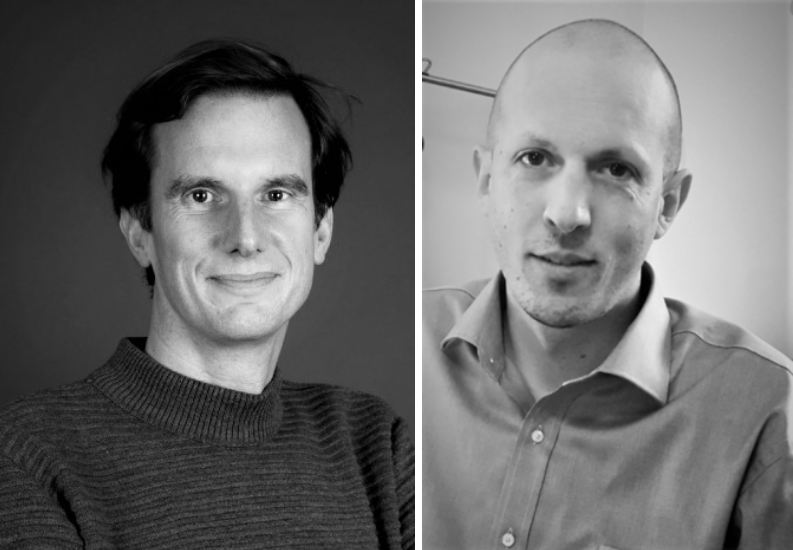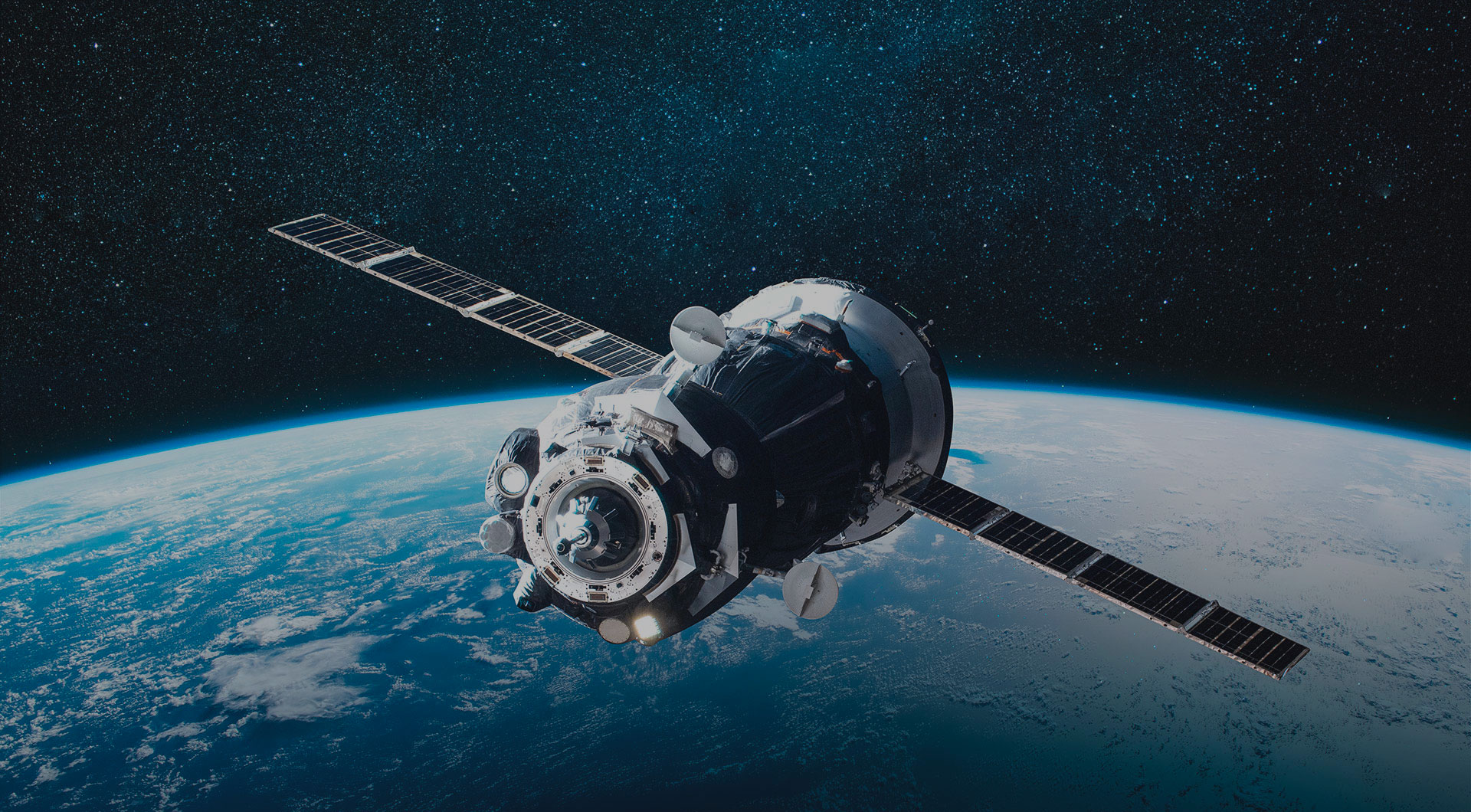Whether tracking crude oil supplies or methane emissions, Kayrros has always practiced a culture of collaboration and partnership with a range of external scientific partners. We caught up with Kayrros co-founder Alexandre d’Aspremont and Thomas Lauvaux, research scientist at France’s Laboratoire des Sciences du Climat et Environnement (LSCE), to talk about the significance of scientific collaboration for Kayrros and the emerging energy and emissions analytics sector.

Q. Alexandre, first of all, can you tell us about Kayrros’ view on the importance of scientific collaboration?
Alexandre:
I think it’s important to begin with where Kayrros is positioned right now. To start with, we are very clear in our ambition. We want to provide the most accurate, realtime data on energy supply and emissions on a global level, using a wide range of online sources and satellite imaging data. To do this, we are constantly seeking out world-class expertise and state-of-the-art data and analysis. This was true for our crude oil products two to three years ago, and we were the first to do it using low optical radar. Now the same is true for gas emissions and methane, where we are the first to detect emissions using the European Space Agency’s Copernicus program’s Sentinel 5P satellite.
Ours is a new sector and we’ve grown exponentially over the past four years as clients and partners have adopted our technology. Our data are often a source of great debate and excitement but this also means that our methodology and accuracy are under scrutiny. We are confident that we have got it right, but it’s clear that the activity in the sector is very intense, at least from the emissions side.
Quality control is something that goes on an element of trust, so it’s incredibly important for us to have independent validation of our results and direct contact with the scientific community. Kayrros shares a culture of collaboration and exchange with that community, and their validation of our methodology and their support in pushing us to go further is a huge boost for us in demonstrating to our customers, partners and investors the value of our model.
Q. So partnerships are mainly a route to independent validation?
Alexandre:
They are certainly a major benefit, but there are others. Examples include early access to data, working with excellent institutions to further the quality of our data, and sometimes adding geographic or sector expertise for a higher level of detail. An example of this would be our discussions with prospective Australian partners regarding the mining sector.
Q. So who has Kayrros partnered with so far?
Alexandre:
When we started out four years ago, within a few months of our creation, we began working on sourcing satellite images with the CMLA, which was then the applied maths lab at France’s ENS Cachan. That has since evolved, and we now work closely with two partners — Japan’s National Institute of Information and Communications Technology (NICT), and with Thomas and his team at the LSCE.
With the NICT, we’ve agreed with them to have early access to the data from the newly launched GEMS satellite. As it is being calibrated, we will integrate it into our technology and be able to perfect the output ahead of there being public access to the data. We will start by simulations and then switch to the real thing when we can. With the LSCE, we’re collaborating on a range of projects and hiring PhD students to work on joint projects. I’ll let Thomas fill you in on the details of what we are doing with the LSCE!
Q. Thomas, explain to us the focus of the LSCE and how this evolved once you started collaboration with Kayrros.
Thomas:
The LSCE is specialized in atmospheric inversion at the global level through our network of sensors around the world. We saw that Kayrros was beginning to use satellite data to quantify emissions, whether from natural gas production or coal mining operations. Our specialist models, which we at the LSCE have worked on for more than three decades, can explain the emissions at the source level, making them clear and interpreting the results of what’s being observed by satellite. In exchange, we have access to more data via satellites, more sensors, and a much better resolution. Together, we are even able to extract information at the individual site level, which is both unique and which brings value.
Q. What do you think the Kayrros model can achieve?
Thomas:
The model has so much potential. In the near and medium-term, a key advantage of the Kayrros model is its ability to detect the largest emitters. What we don’t currently have is good knowledge of large sources, such as coal mines. So this makes Kayrros’ approach highly valuable. Now we are able to monitor large sources daily and with great precision or cover accidental events in areas of the world where information is difficult to obtain. As such, it’s very normal for any emissions to be underestimated. The accuracy of the Kayrros model is clearly very exciting and an exceptional benefit with ground-breaking potential.
Q. Alexandre, how have your partnerships evolved over the years and what key milestones have there been along the way?
Alexandre:
For us, and indeed for any scientific project, you typically start with a proof of concept. For example you show that you can use satellite data to measure emissions and you do it once. From then on, it’s been a matter of breaking that data down into different levels of analysis — sectors, regions, and even individual sites. We have built up to the point where we have the infrastructure to do it in realtime at the global level.
Thomas:
If I can add to this, the same logic of pushing the breadth and depth of data as far as possible is applicable to how we work at the LSCE. Through partnerships with companies like Kayrros, we have been able to push the scale and apply the measurement at global scale.
For us at the LSCE, partnerships have so many different benefits but for me the key ones revolve around the opportunity of working with statisticians and applied maths experts. This provides access to tools that would otherwise have taken us months, or even years, to develop. Needless to say, it’s hard to put a price on these sorts of advantages. In the case of the Kayrros partnership, I find the access to advanced machine learning techniques particularly helpful and exciting.
Q. So what’s next, where might your joint work take you in the future?
Alexandre:
Firstly, satellites are launched on a yearly basis, and each of them will change the landscape. For both Kayrros and LSCE, as well as for our work together, we will continue to expand the reach and granularity of our data from these sources.
On emissions, it’s still the early days. We are looking at operators who have an interest in emissions figures, but it is likely that there will be a wave of actors who are looking at ESG standards from an investment perspective where granular quantitative data from our technology can enhance their measurement and conclusions. These numbers will need to be not only trusted but also auditable. We need to show that we have a solid methodology behind them.
Thomas:
Then when it comes to the longer term, I’d say a benefit of the Kayrros model will be the ability to detect smaller emissions signals. Kayrros is also bringing machine learning into the equation, which will increasingly help with detection through learning algorithms. Satellite data can be “noisy”, so to speak, and prevent us from seeing gas plumes immediately, so this machine learning allows us to identify hidden elements in satellite data and exponentially increase the accuracy of the measurements and value of the insights gained.
Q. Are there any risks in what you do, in producing such detailed emissions data?
Alexandre:
Our ambition is to provide measurements and not opinions. In emissions you have inventories that are mostly self-declared in most regions. We would replace that with physical measures.
The science itself is controversial, and even global orders of magnitude are being discussed in the academic or scientific communities. The numbers haven’t been digested yet. So again we need scientific backup, we need to have an unimpeachable methodology.
Q. Any final thoughts on your specific work together?
Thomas:
From my perspective, an absolutely key point is Kayrros’ ability to get the energy industry more engaged in actually taking action. Their work with the oil and gas majors and with broader industry will help to be able to have an impact that other organizations can’t. I find it important for companies to be able to work with big organizations in order to learn about how to reduce emissions, and this is what we can see happening thanks to Kayrros’ work and relationships. We’re also very motivated about working with Kayrros to get help them get more new and exciting products out there. The potential is vast and we’re delighted to be part of that journey with Kayrros.
Alexandre:
I would also add that our partnership with LSCE has confirmed the position of Paris as a world-class location for the study of plume inversion and emissions, which I think is a result of France’s higher education system’s output of engineers, and more generally of the strategic strength of the French scientific community.

